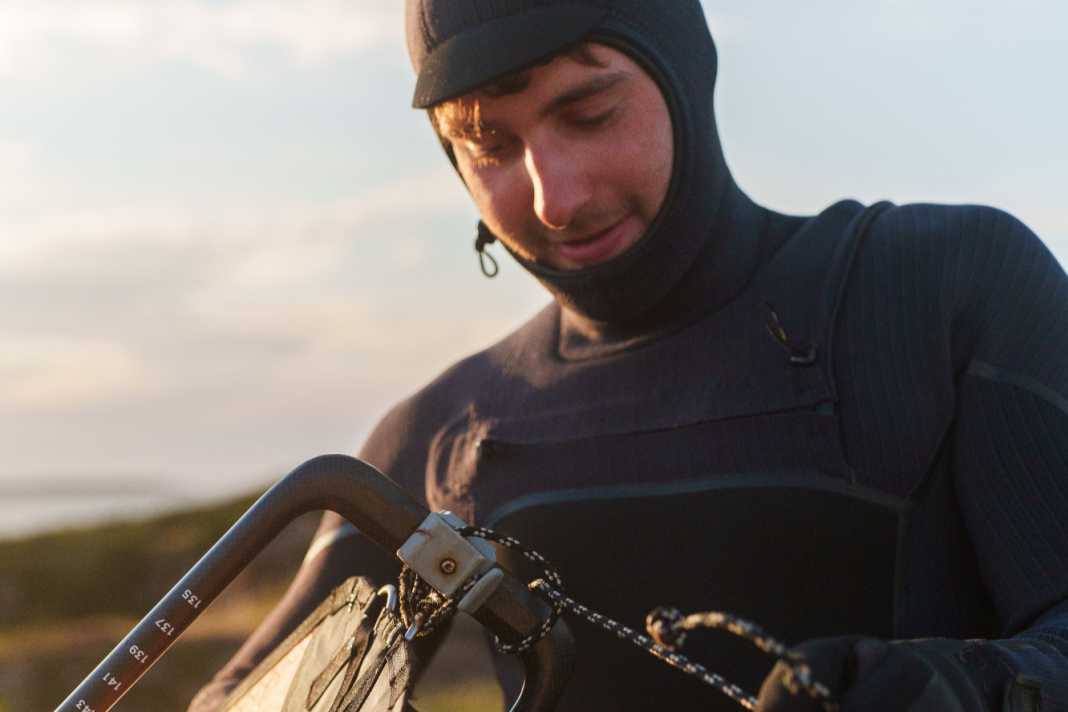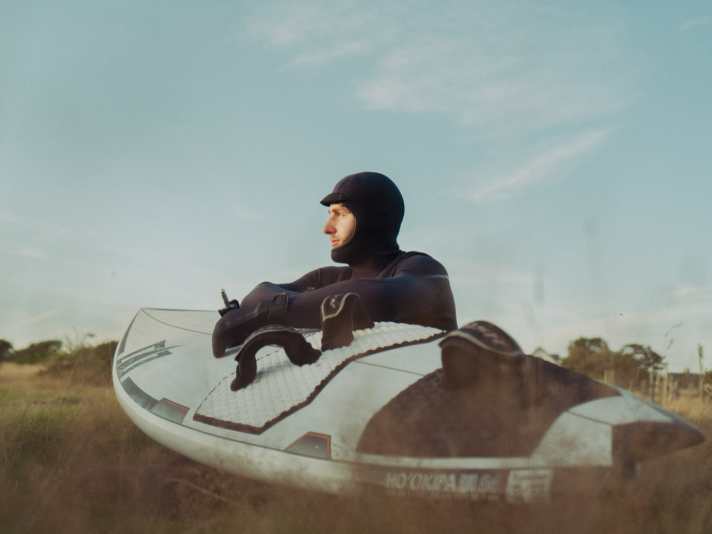





Modern neos no longer have anything to do with the stiff neoprene skins of days gone by. In the coming season, all ProLimit wetsuits will be made largely from plant-based raw materials. Alex Cretier from ProLimit explains in an interview what steps were necessary to achieve this.
Alex, by 2025, all wetsuits in your product range will be made from a material called Natureprene2. What is this all about and what development steps are behind it?
Almost all brands currently produce neoprene from limestone, which is a calcareous sandstone that is mined and then further processed - unfortunately, mining is not particularly environmentally friendly. Back in 2016, we started developing a neoprene material with a plant-based origin, and in 2020 we launched the ProLimit Future Series. The laminated material was made from recycled polyester, for example, while the actual neoprene was obtained from guaye plants. The disadvantage of this was that this plant is grown in South America. From there, everything had to be transported by ship to Asia for production, and then the finished wetsuits came to Europe. The transport routes were therefore too long. Since then, many more steps have been taken to further improve the eco-balance and in the coming 2025 season, our wetsuits will be made from a Natureprene2 material. This is extracted from rubber trees in Malaysia, which is relatively close to the actual production in Cambodia. Other components of Natureprene2 are lime from mussel shells and soya oil. In the 2025 collection, the Natureprene2 material consists of around 100 per cent plant-based ingredients.

Just because a material is of plant origin does not necessarily mean that it is better for the environment - for example, if forests have been cut down for rubber tree plantations...
That is correct. That's why we only use raw materials from FSC-certified sources. The FSC label is the most respected of its kind in the world. In order to have products certified with it, you have to prove that the materials used come from well-managed forests and that this is regularly checked.
Neos have been around for 50 years. Why did it take so long for Neos to be created from plant-based materials?
It's simply technological progress. In 1990, you could take your Neo off and put it in the corner, it was that hard. Then the material became softer at some point, but the seams didn't hold. Water-based adhesives appeared and then the first Neo made from plant-based raw materials. The first models were already functional, but still looked very wrinkled and weren't really attractive. Today, we have reached the point where neos made from sustainable materials are just as good in terms of thermal insulation, stretch and appearance. And of course, every development step had to be extensively tested before a new model was launched. We produced the first Neo made from Natureprene in 2020, but these were small quantities, as consumers were often not yet prepared to pay more money for an ecologically better product. All these processes take time.
Neos used to be so stiff that you could take them off and put them in the corner afterwards
Sustainability must always be seen against the background of the lifespan of products. If products break down more quickly than before, the green coating quickly becomes nothing more than greenwashing.
As I said, we have been experimenting with plant-based wetsuits since 2016. They weren't ready for series production until 2020, simply because we tried and tested them for a long time. We now know that the plant-based material doesn't cause any problems and we have brought it onto the market. Recyclability is also important and we are working on that too.
What is decisive here?
Recycling composite materials is usually difficult because it is not so easy to isolate the individual components - such as the rubber, the metal zip and the polyester lamination - afterwards. That's why we've docked onto a technology from the tyre industry, developed by Michelin and Continental, which will make it possible to completely recycle old Neos in the future. This means that from 2026, when a new wetsuit is purchased, the old Neo can be collected and 100 per cent recycled.
